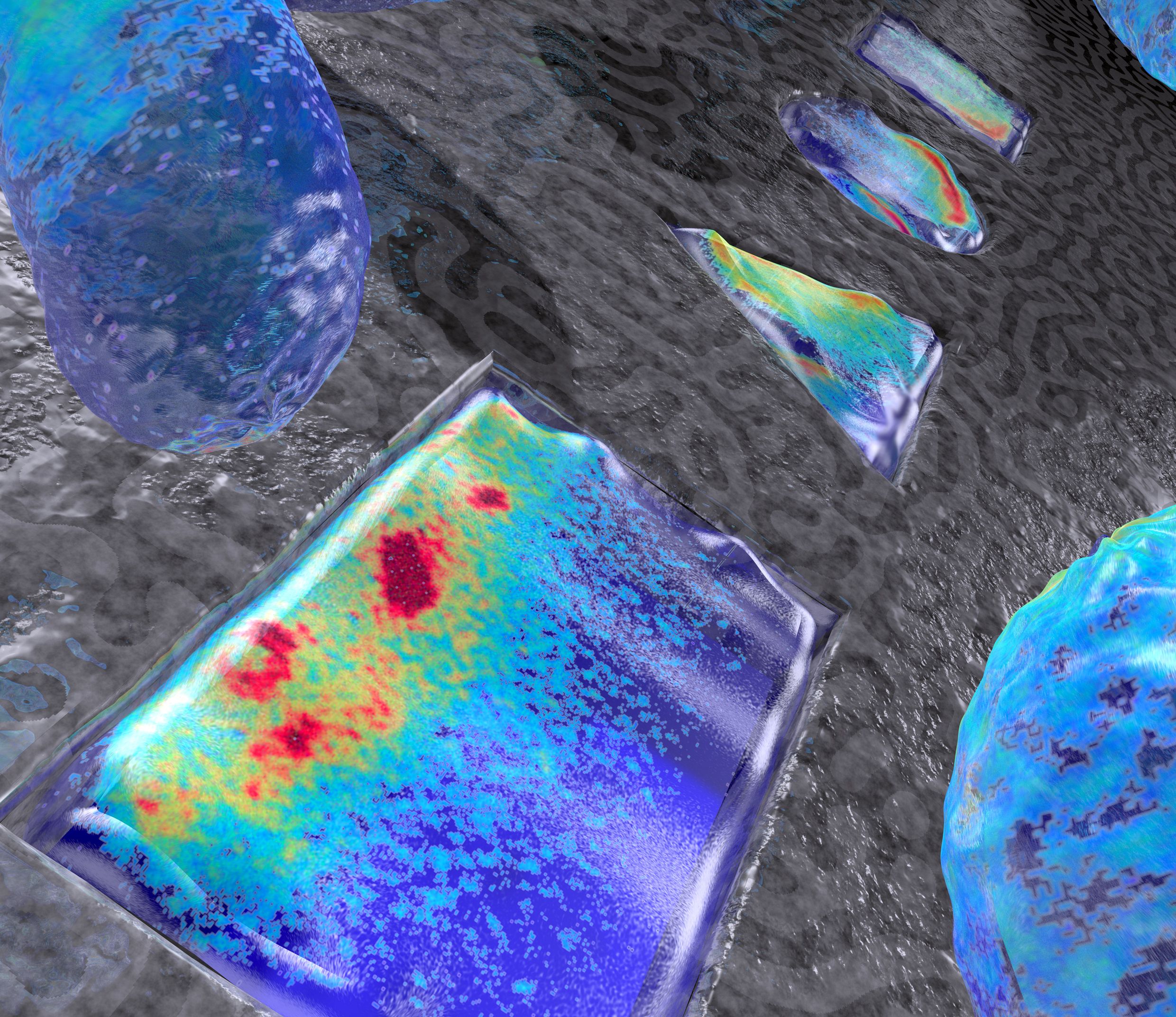Bacteria always divide through the middle. But how do they figure out where that is? Cees Dekker’s team revealed the solution in Nature Nanotechnology.
Natural E.coli bacteria, abundantly present in our guts, are rod-shaped and about 3 micrometres long. When they divide, they do so by splitting exactly in the middle. It turns out bacteria can also find their equator when they are T-shaped or U-shaped. Researchers in Cees Dekker’s lab have revealed how this flexible mechanism works by tracing key proteins.
“It’s fascinating that a unicellular organism knows exactly where to divide”, said nanobiologist Professor Cees Dekker (Kavli Institute of Nanoscience Delft at the TU Delft Faculty of Applied Sciences). “We know that the distribution of certain proteins within the cell is the key, but the big question was: how do these proteins know how to spread correctly within the cell?”
Splitting at the right place is an essential quality for living cells. When dividing, cells must distribute their volume and their genetic material evenly over the two daughter cells.
In their publication in Nature Nanotechnology Dekker and his team describe how two related types of proteins, (called MinD and MinE) which migrate along the axis of the cell, enable the cell to determine its equator – the place where division should occur. The proteins attach at the cell poles dynamically: They are at one pole, then disassemble and all move in about half a minute to the other pole where they form a new cap. And then half a minute later back again to the original pole. And so forth.
This oscillation of proteins through the cell results in a low average concentration at centre of the cell. Since these proteins inhibit cell division, cell division will occur at the place where the concentration of Min proteins is least. In other words, in the middle of the cell.
Nature uses chemical diffusion to determine not only where to split cells, but also to make zebra stripes and to split an embryonic hand into five fingers. The process, called reaction-diffusion system, was discovered by the famous mathematician Alan Turing (know for cracking the Enigma code and devising the Turing Test) in 1952.

The team unravelled the cell-splitting mechanism by growing cells to all types of odd shapes like squares, triangles or even letters. New patterns occur in extremely large cells (of about ten microns long) in which not one, but two or even three separation planes may form.
Growing bacteria in extreme forms will help to unravel fundamental mechanisms of spatial organisation, said the researchers. Dekker recently received and ERC grant for research into an artificial cell division.
Fabai Wu, Bas G. C. van Schie, Juan E. Keymer & Cees Dekker, Symmetry and scale orient Min protein patterns in shaped bacterial sculptures, Nature Nanotechnology, 22 June 2015, doi:10.1038/nnano.2015.126



Comments are closed.